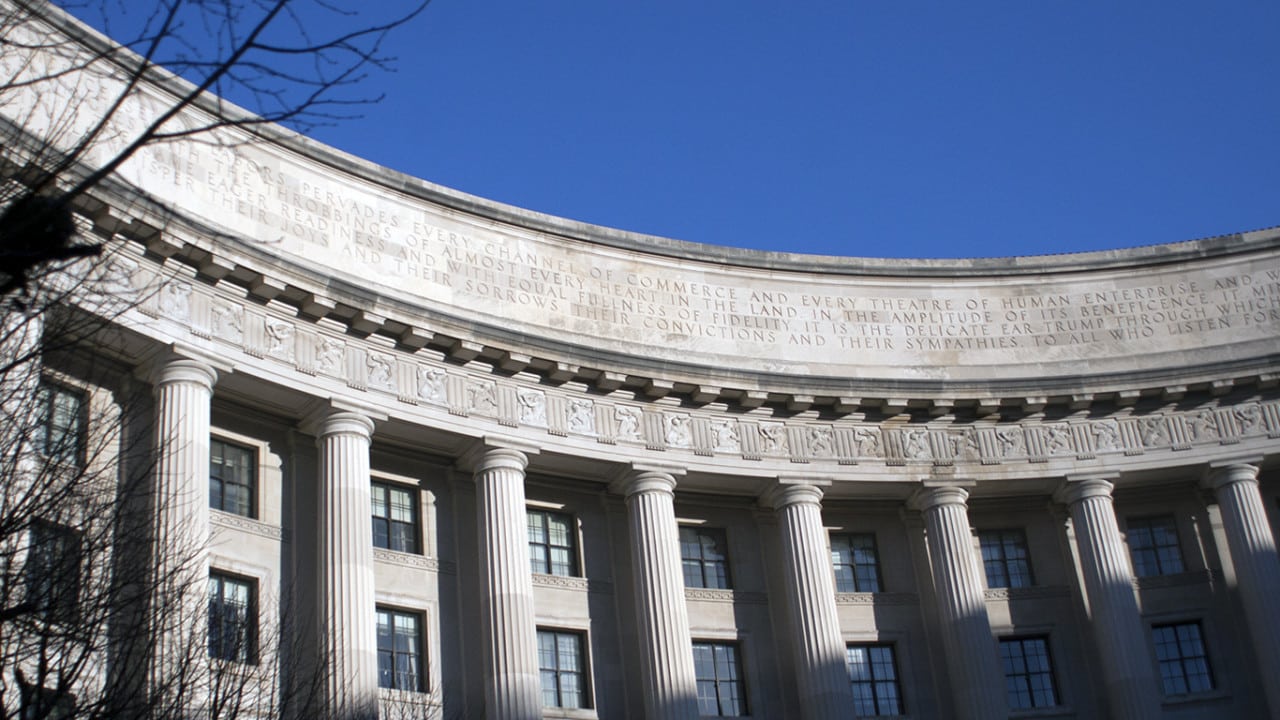
Backers of the Environmental Protection Agency’s Clean Power Plan on Tuesday filed briefs with a federal appeals court reaffirming their arguments that the regulation, which requires states to develop action plans to meet federally set emissions reduction goals, is legal and well-crafted.
The briefs, penned by a group of intervenors representing 17 states and a host of environmental groups, cities, municipalities, trade organization, and utilities, were filed just in time for the March 29 deadline.
“This brief addresses Petitioners’ broad statutory challenges to the Rule. Petitioners base those challenges on misrepresentations of the Rule’s mechanics and erroneous claims that it requires a radical transformation of the power sector, employs an unprecedented standard-setting approach, and encroaches on state authority. These claims have no merit,” one of the briefs, penned by environmental and public health organizations, states.
EPA and its intervenors are challenged by a group of 156 petitioners comprised of states, utilities, fossil fuel companies, and trade and interest groups fighting to have to rule overturned. This side argues that the rule represents a massive regulatory overreach by the agency.
The anti-CPP petitioners had their chance to file briefs in late February. EPA filed a brief Monday responding to the arguments presented at that time. The four intervenor briefs filed with the court Tuesday largely echoed EPA’s responses.
“The Rule properly implements EPA’s unambiguous statutory authority to regulate carbon dioxide emissions from power plants. Any effect that the Rule may have on energy-generation decisions is a permissible consequence of that delegated authority, and does not meaningfully distinguish this rule from prior pollution limits that EPA has established for power plants,” according to an intervenor brief filed by the states of New York, California, Connecticut, Delaware, Hawaii, Illinois, Iowa, Maine, Maryland, Massachusetts, Minnesota, New Hampshire, New Mexico, Oregon, Rhode Island, Vermont, Virginia, and Washington; the District of Columbia; the cities of Boulder, Chicago, New York, Philadelphia, and South Miami; and Broward County, Fla.
At the center of the petitioner’s argument against the rule is the reasoning that in setting emissions reduction goals, EPA should only have considered reductions that could be made at the plant itself. Instead, EPA’s best system of emissions reduction (BSER) — the recommended, but not mandated, course of action to reach the emissions reduction goal – was based on actions taken “outside the fence line,” such as switching fuel to lower emissions sources.
A BSER developed only using “inside the fence line” methods, as the petitioners suggest, would be more costly, according to intervenors. “In our brief, we rebut the petitioners’ attacks on EPA’s methodology. We point out that what EPA identified as the best system is, in fact, the predominant approach already being taken through the country to reduce carbon emissions from power plants,” Sean Donahue, counsel for Environmental Defense Fund, said Tuesday during a press call.
Petitioners and their intervenors will now have a chance to respond to the briefs from EPA and its intervenors by April 15, and final briefs are due April 22. Oral arguments begin June 2.